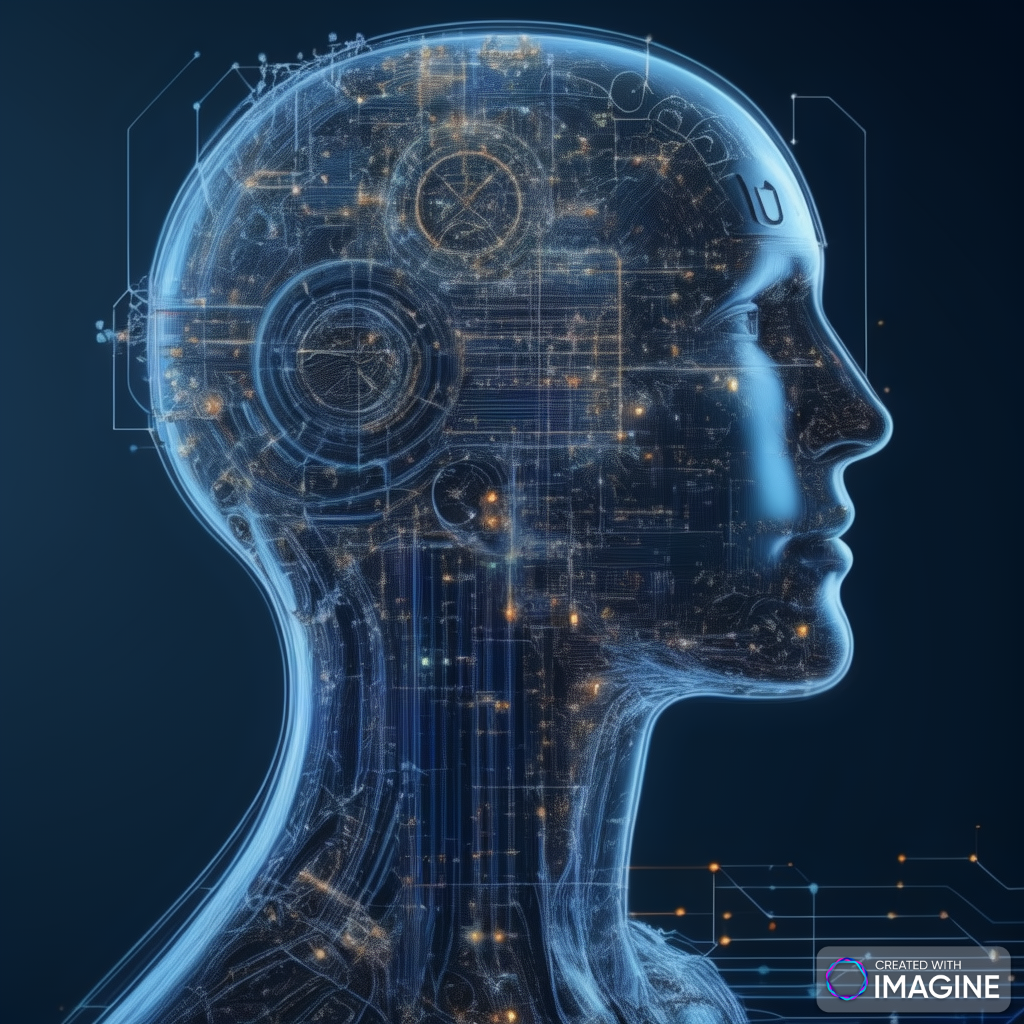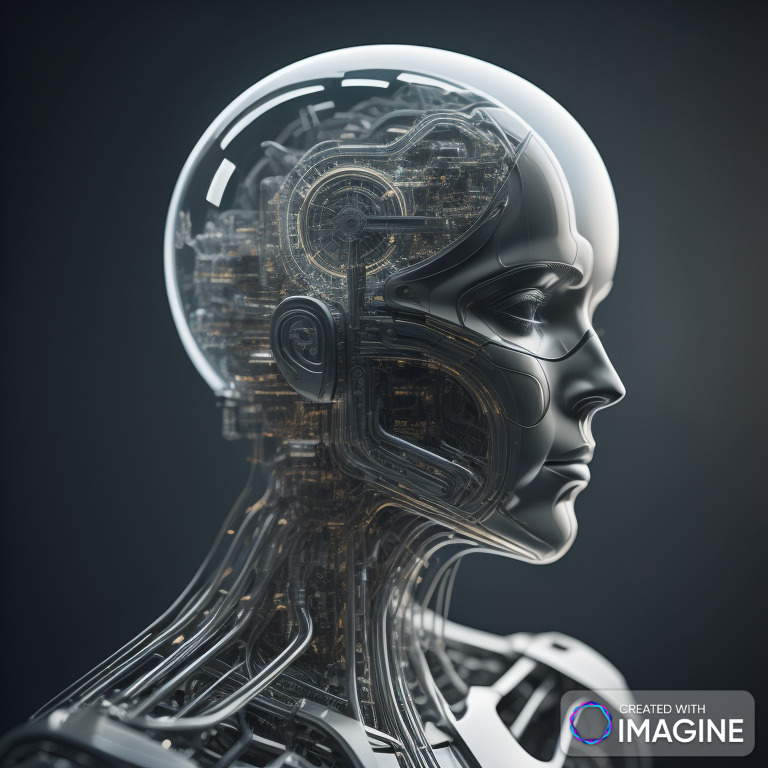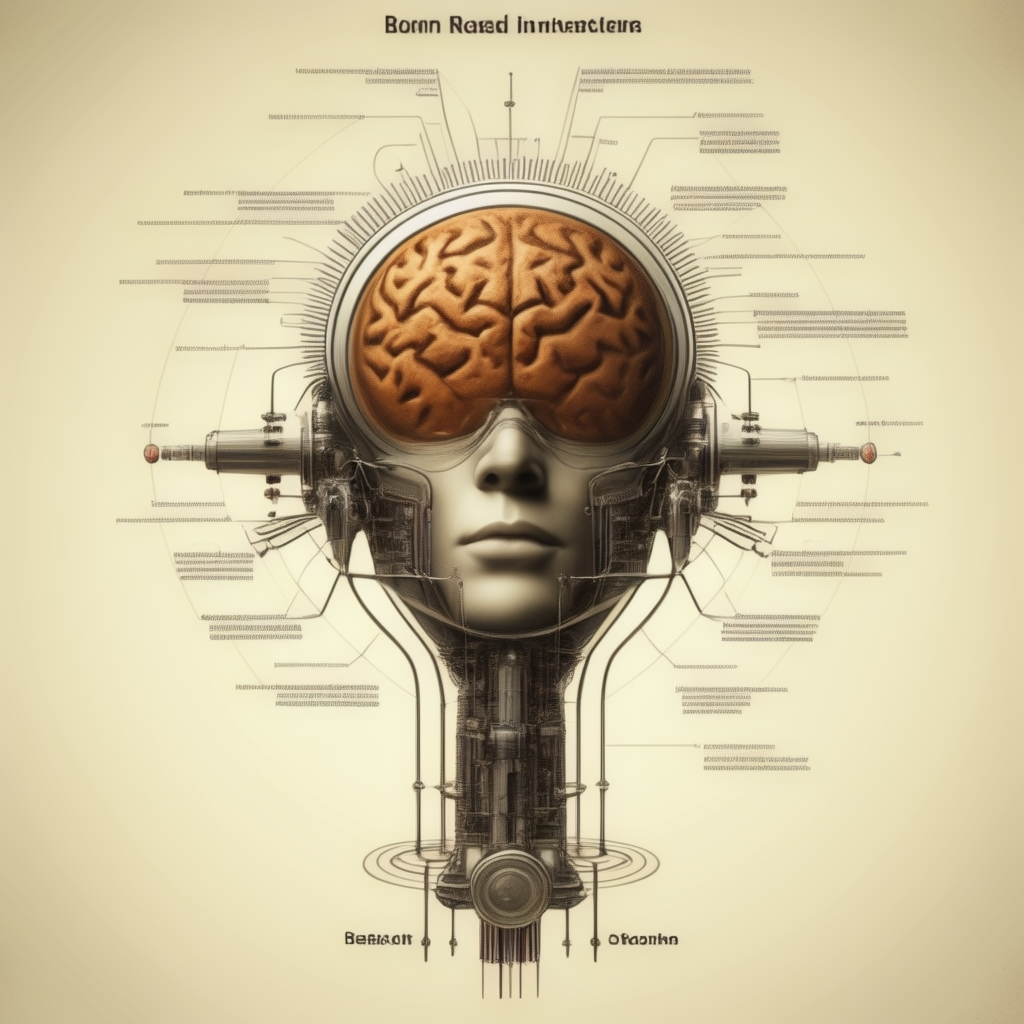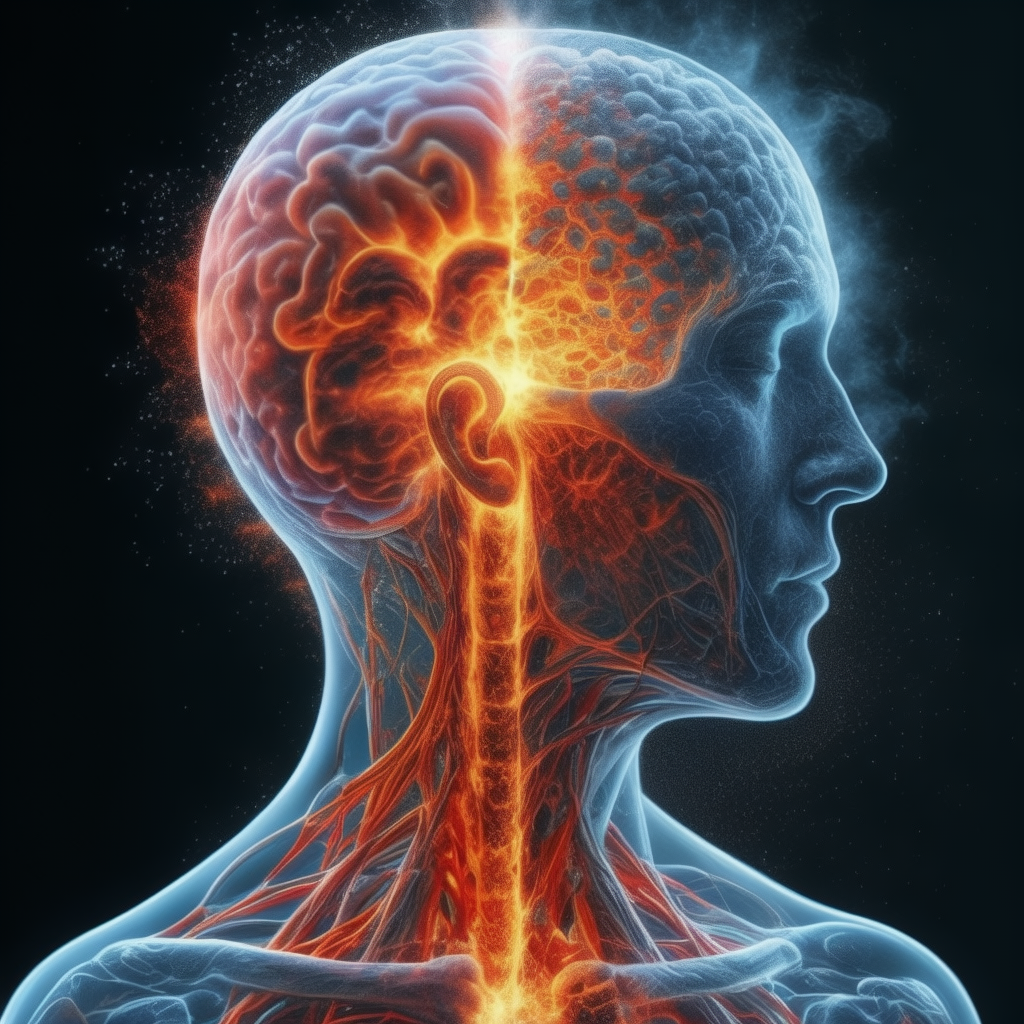1. Computers and Programming
The statement “Computers can only do what their programmers tell them to do” is fundamentally true in the context of conventional programming paradigms. Computers operate based on instructions given to them by programmers through code. This implies a deterministic relationship where the computer’s actions are dictated by pre-defined algorithms and logic.
Implications:
- Determinism: Computers operate deterministically, executing commands as programmed without deviation unless instructed otherwise by subsequent code.
- Limited Autonomy: They lack autonomy and can only respond to predefined scenarios or inputs.
- Intelligence: This statement implies that computers, as they are traditionally understood, do not possess intrinsic intelligence but rather simulate intelligent behavior based on programmed instructions.
2. Animals and Genetic Programming
The statement “Animals can only do what their genes tell them to do” refers to the role of genetics in shaping an animal’s behavior. Genes encode the biological instructions that guide an animal’s development and behavior, influencing its instincts, abilities, and responses to the environment.
Implications:
- Instinctual Behavior: Animals exhibit behaviors that are genetically programmed, such as survival instincts, mating rituals, and responses to threats.
- Learning and Adaptation: While genes provide a foundation, animals also learn and adapt based on their experiences and interactions with the environment.
- Intelligence: This statement suggests that animal intelligence emerges from a combination of genetic predispositions and learned behaviors, rather than from abstract reasoning or conscious decision-making akin to human intelligence.
3. Humans, Animals, and Atoms
The statement “Humans, animals, and computers cannot be intelligent; they can only do what their constituent atoms are told to do by the laws of physics” posits a reductionist view where all phenomena, including intelligence, are ultimately governed by physical laws and the behavior of fundamental particles.
Implications:
- Physical Determinism: Intelligence, according to this viewpoint, is a consequence of physical processes and interactions governed by physics.
- Reductionism: It reduces complex phenomena such as intelligence to interactions at the atomic level, implying that higher-level concepts like consciousness and intelligence are emergent properties of these interactions.
- Philosophical Implications: This statement challenges traditional notions of intelligence by framing it within the broader context of physical laws, potentially blurring the distinction between intelligent and non-intelligent systems.
Synthesis and Conclusion
These three statements present a spectrum of perspectives on intelligence, ranging from the deterministic nature of computers to the genetic basis of animal behavior and the reductionist view of intelligence in all systems. Each statement, while true in its respective context, raises philosophical questions about the nature of intelligence and consciousness:
- Computers: They demonstrate functional intelligence based on programmed instructions but lack autonomy and self-awareness.
- Animals: Exhibit intelligence through a combination of genetic programming and learned behaviors, showing adaptability and varying degrees of cognitive complexity.
- Humans and Atoms: Intelligence is viewed as a product of physical interactions at the atomic level, challenging anthropocentric views of intelligence and consciousness.
1. Computers and Programming
The assertion that “Computers can only do what their programmers tell them to do” underscores the foundational role of programming in computer operation. This relationship implies a strict adherence to algorithms and logical instructions encoded by programmers. Computers execute tasks sequentially or in parallel, processing data and generating outputs according to predefined rules and conditions.
Further Considerations:
- Algorithmic Boundaries: Computers are bound by the algorithms and data structures implemented in their software. This constraint defines the scope and capabilities of their operations.
- Emergent Behavior: While primarily deterministic, complex systems can exhibit emergent behavior, where interactions between components produce outcomes not explicitly programmed.
- Machine Learning Exception: In machine learning, computers can learn patterns from data and adjust behavior without explicit programming, blurring the line between programmed instructions and learned responses.
Additional Considerations:
- Binary Logic: At the lowest level, computers process data in binary form (0s and 1s), executing machine code instructions that manipulate this data through logical operations.
- Control Structures: Programming involves control structures like loops, conditionals, and functions that determine the flow of execution and decision-making within software.
- Data Handling: Computers handle vast amounts of data through memory management, storage, and retrieval systems, enabling complex computations and data analysis.
- Error Handling: Programmers implement error handling and debugging techniques to ensure reliability and robustness, addressing unforeseen issues during execution.
- User Interaction: User interfaces (UIs) and human-computer interaction (HCI) principles shape how users interact with software, influencing usability and accessibility.
2. Animals and Genetic Programming
Animals’ behaviors are influenced by genetic predispositions encoded in their DNA, guiding physiological development and behavioral traits. Genes dictate instincts, sensory capabilities, and predispositions to certain behaviors, shaping how animals interact with their environment and respond to stimuli.
Further Considerations:
- Evolutionary Adaptations: Genetic programming reflects evolutionary adaptations over generations, optimizing survival strategies and reproductive success.
- Behavioral Flexibility: Animals exhibit varying degrees of behavioral flexibility, combining innate instincts with learned behaviors through interactions with their environment.
- Cognitive Spectrum: From basic reflexes in simpler organisms to complex social behaviors in mammals and birds, intelligence manifests across a spectrum influenced by genetic and environmental factors.
The behavior and capabilities of animals are deeply rooted in their genetic makeup, which provides a blueprint for their development and functioning.
Additional Considerations:
- Epigenetics: Beyond static genetic information, epigenetic mechanisms regulate gene expression, influenced by environmental factors and experiences, adding another layer of behavioral complexity.
- Neural Plasticity: The brain’s ability to reorganize itself by forming new neural connections allows animals to adapt to new situations, learn from experiences, and recover from injuries.
- Sensory Perception: Animals possess diverse sensory systems (e.g., echolocation in bats, magnetic field detection in birds) that enable unique ways of perceiving and interacting with their environment.
- Communication Systems: Animals utilize sophisticated communication methods, from pheromones and vocalizations to body language, facilitating social interactions and coordination.
- Cognitive Abilities: Research into animal cognition reveals varying levels of problem-solving, tool use, and even elements of culture and social learning among different species.
3. Humans, Animals, and Atoms
The assertion that “Humans, animals, and computers cannot be intelligent; they can only do what their constituent atoms are told to do by the laws of physics” adopts a reductionist stance, attributing all phenomena, including intelligence, to interactions at the atomic and subatomic levels governed by physical laws.
Further Considerations:
- Physical Basis of Consciousness: Exploring consciousness through a physical lens suggests that complex neural networks and biochemical processes underpin cognitive processes and subjective experience.
- Philosophical Implications: The reductionist view challenges traditional dualistic perspectives separating mind and matter, proposing that consciousness emerges from intricate patterns of neuronal activity and chemical interactions.
- Ethical and Existential Questions: Understanding intelligence as a product of physical laws prompts ethical considerations about the nature of agency, responsibility, and the boundaries of artificial and biological intelligence.
Understanding intelligence as a product of atomic interactions guided by physical laws frames cognition and consciousness within the context of fundamental physics.
Additional Considerations:
- Quantum Mechanics: Quantum effects at the microscopic level can influence biological processes, such as photosynthesis and possibly even cognitive functions, suggesting a complex interplay between quantum physics and life.
- Thermodynamics: Biological systems maintain order and function through energy exchanges governed by the principles of thermodynamics, emphasizing the balance of energy and entropy.
- Complex Systems Theory: Intelligence and consciousness can be viewed as emergent properties of complex systems, where simple rules at the micro-level lead to intricate behaviors and patterns at the macro-level.
- Information Theory: The processing, transmission, and storage of information within biological and artificial systems highlight the role of information theory in understanding cognition and communication.
- Neuroscience and Brain Architecture: The brain’s architecture, with its vast network of neurons and synapses, operates through electrochemical signals and neurotransmitters, facilitating complex thought processes and behaviors.
Synthesis and Broader Implications
Expanding our understanding of intelligence across these domains reveals a tapestry of interconnected themes:
- Interdisciplinary Insights: Bridging neuroscience, computer science, and philosophy enriches our comprehension of intelligence as a multifaceted phenomenon.
- Technological Advancements: Advances in artificial intelligence and neurotechnologies challenge conventional definitions of intelligence, blurring distinctions between natural and artificial systems.
- Ethical Considerations: As technology progresses, ethical frameworks must evolve to address issues of autonomy, bias, and the ethical treatment of intelligent systems.
A deeper examination of these statements further enriches our understanding of intelligence and its multifaceted nature:
- Holistic Integration: Integrating insights from biology, physics, computer science, and cognitive science offers a comprehensive perspective on intelligence, recognizing it as a convergence of multiple factors and disciplines.
- Artificial Intelligence Development: The advancement of AI technologies, such as neural networks and deep learning, draws inspiration from biological intelligence, aiming to replicate or augment cognitive functions.
- Consciousness Studies: The study of consciousness, both in humans and potential artificial entities, remains a profound challenge, raising questions about self-awareness, subjective experience, and the nature of reality.
- Ethical Dilemmas: The ethical implications of creating intelligent systems and manipulating biological intelligence necessitate careful consideration of rights, responsibilities, and the potential consequences for society.
- Future Directions: Ongoing research into brain-machine interfaces, cognitive enhancement, and the intersection of AI with human intelligence holds the promise of transformative advances and new philosophical paradigms.
In summary, these statements provoke profound reflections on the nature of intelligence, urging us to explore beyond conventional boundaries and embrace a holistic approach that integrates scientific inquiry with philosophical introspection. Embracing complexity and uncertainty, we navigate the frontiers of cognition, consciousness, and the fundamental laws shaping our understanding of intelligence in the universe.
In conclusion, while these statements provide insights into the deterministic and mechanistic aspects of intelligence across different systems, they also provoke deeper questions about the nature of consciousness, free will, and the limits of our understanding of intelligence in both biological and artificial systems. Understanding intelligence in this context requires integrating perspectives from neuroscience, computer science, and philosophy to explore the complexities and implications of these foundational ideas.
In summary, exploring these statements in greater depth illuminates the intricate tapestry of intelligence, blending deterministic processes with emergent phenomena, and bridging the gap between natural and artificial systems. This comprehensive approach fosters a deeper appreciation of the complexities and challenges inherent in understanding and developing intelligent systems in all their forms.






